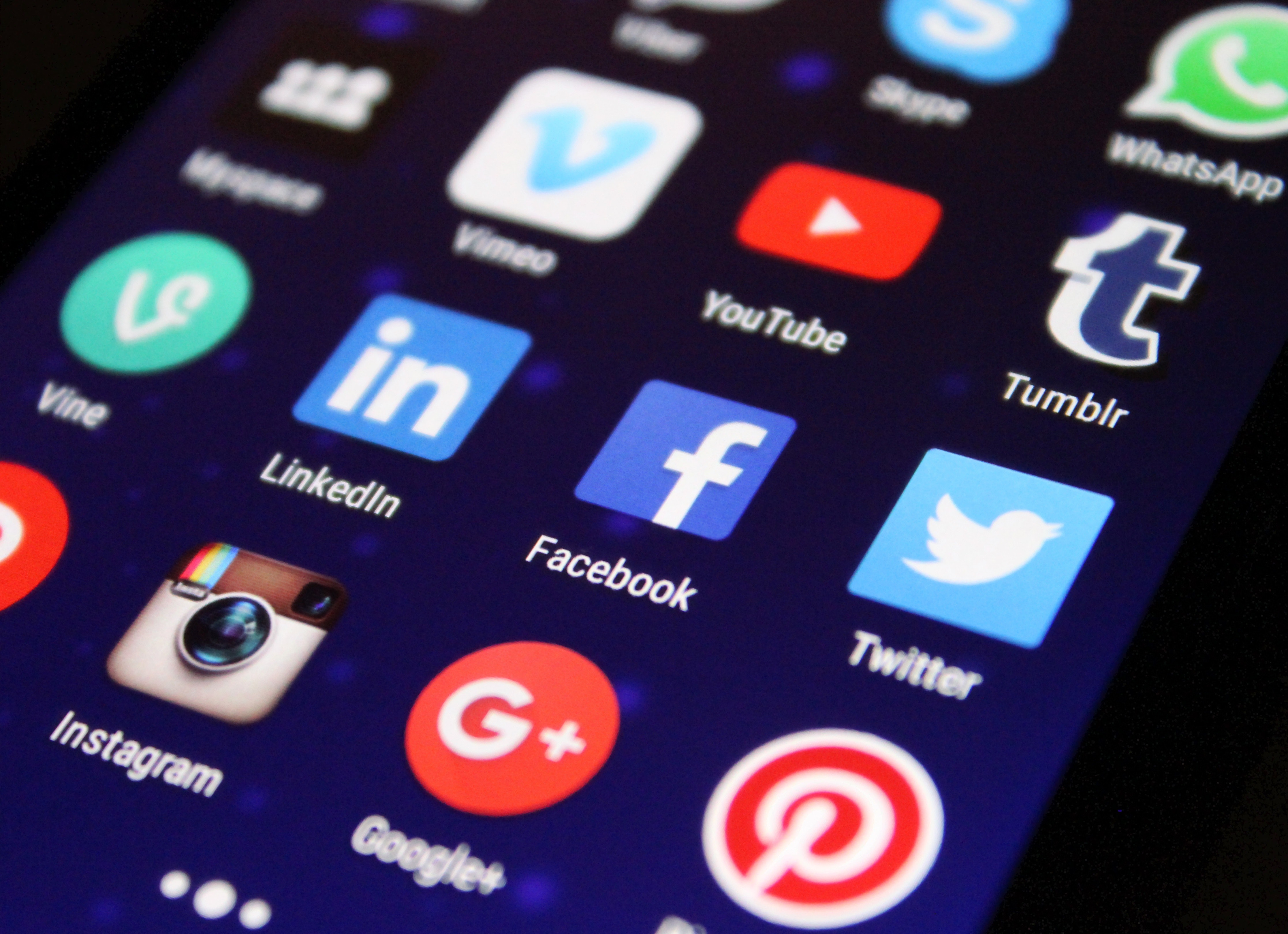Over the past few years, we have all seen the impact that social media campaigns can have. Paid social is becoming a valuable tool but is it vital?
In a word, yes.
In addition to social networks reworking their algorithms to favour paid models as organic reach continues to decline, paid social is not just vital but the natural development for a content campaign.
So what’s the best one for you? There’s no definitive answer there are at least 4 that you should consider.

The social network, Facebook has gone from strength to strength since it introduced its ads manager in 2007. Facebook ads have remained one of the most undervalued forms of marketing a brand for a number of years now but what sets it aside from the competitors? The sheer level of detail available in targeting means the platform can help you reach the exact audience you’re looking for.
What this means is that once you work out what your audience is, you can then put ads promoting your product on the timeline of users based on demographics, interests, behaviours and locations. It allows you to cast a wide but relevant net.
Facebook offers a variety of campaign structures: you can reach users with a campaign based on getting them to convert within the platform, raising awareness of your brand, directing users to a specific landing page, lead generation form submissions and more! Facebook ads can be your strongest asset for both top and bottom of the funnel activity.
Why advertise on Facebook? Cost effective, versatile and powerful advertising directed at the most relevant user.
Now owned by Facebook, Instagram ads are managed through Facebook’s platform, but that doesn’t mean the ads should be the same.
As an image based platform, Instagram is great for brand awareness, campaigns that are served to generate top-of-the-funnel interest: instant impact and clear visuals aimed at raising awareness and encouraging engagement.
Instagram can usually deliver a lower cost per click than other platforms can however conversions may not be as high.
The platform can be very powerful for promoting experiences focused on travel, fashion or architecture. There are not hard and fast rules, however. We have seen many of our property clients achieve great successes with Instagram ads as a result of the focus on imagery selling a lifestyle.
Why advertise on Instagram? To tell your story and build brand awareness at the top of the funnel.
There are 4 key objectives found on Twitter: increasing followers, driving traffic to your site, building brand awareness and getting people talking about your business.
As a result of Twitter having such a strong focus on dialogue and conversation, one of the most effective tool to utilise is keyword targeting. While it is not necessarily as in depth as Facebook’s platform, Twitter Ads can identify users who have used certain words or engages with a posts or hashtags containing them in the last week and serve your ads to them. Similar to Facebook’s interest based targeting, Twitter gives you a very clear timeframe to show ‘this user has shown an interest in x y z as recently as last week.’
Timing is maybe Twitter’s biggest pro. Few other ad platforms can match Twitter for its “right here, right now” immediacy. Twitter’s function of TV targeting allows sponsored content to be shown to users who they know to be watching a certain programme to give brands the chance of becoming part of the conversation at that very moment.
Why advertise on Twitter? It positions your brand in existing conversations and takes advantage of second screening.
The undisputed king of B2B marketing. Often seen as “Facebook for professionals”, the networking aspect is only part of its capabilities.
Facebook can help you to target by interests and behaviours however LinkedIn will allow you to target specific sectors and occupations. Your audiences can be built using job titles, years of experience, level of seniority as well as many more options.
While most social platforms offer brand awareness, site traffic and similar forms of campaign structure, LinkedIn has a more personal approach. Sponsored InMail messaging creates email-like ads delivered direct to a users inbox. These are known to have a high open and click through rates when compared to more conventional email marketing.
With the platform recently introducing Lead Generation to it’s offering, there is scope for LinkedIn to become one of the leaders in paid social marketing.
Why advertise on LinkedIn? It gives accessed hard to reach B2B audiences with a unique twist.
There are numerous benefits to each social advertising platform. Our expertise allows us to create, manage and optimise paid social campaigns that are founded in your objectives.